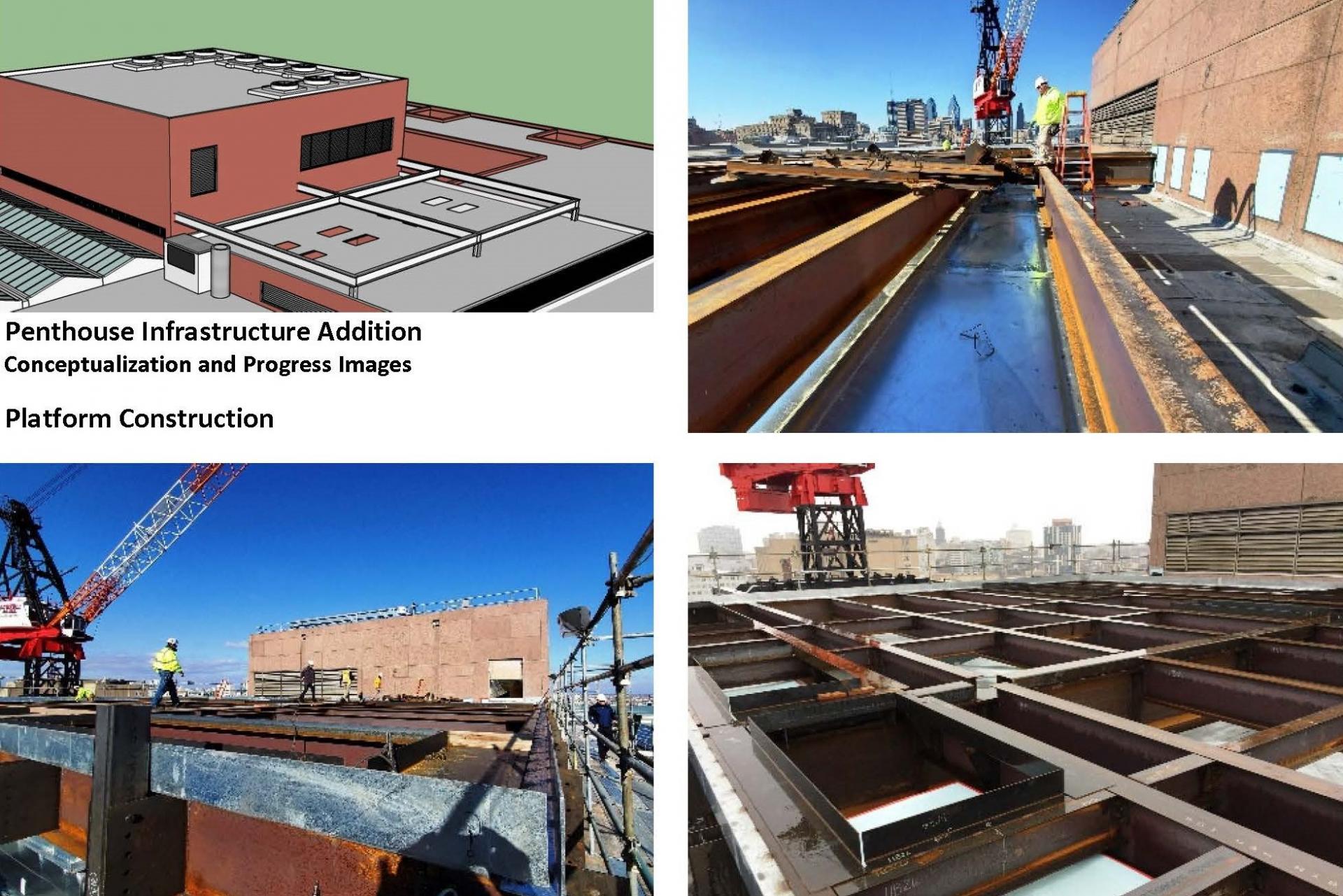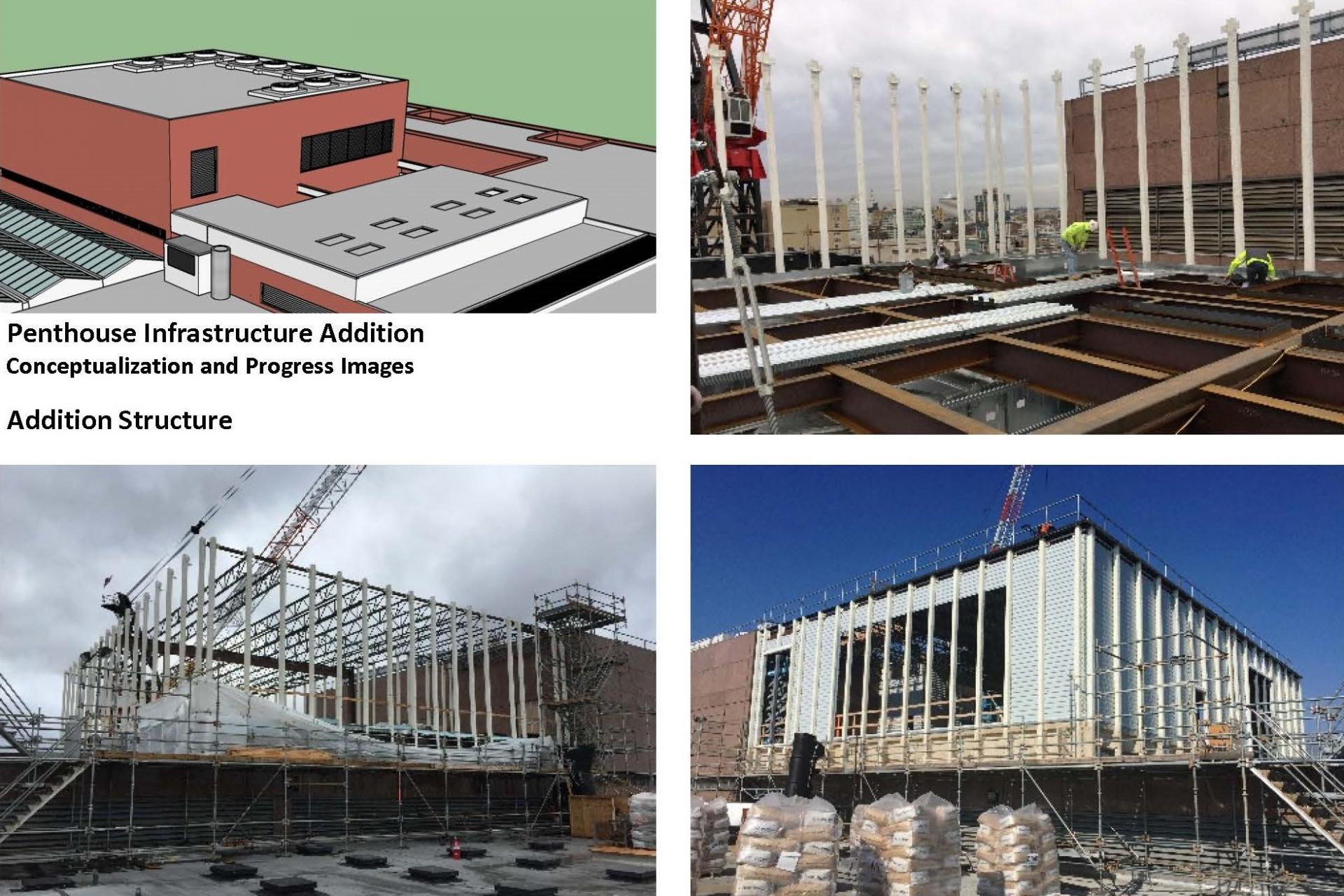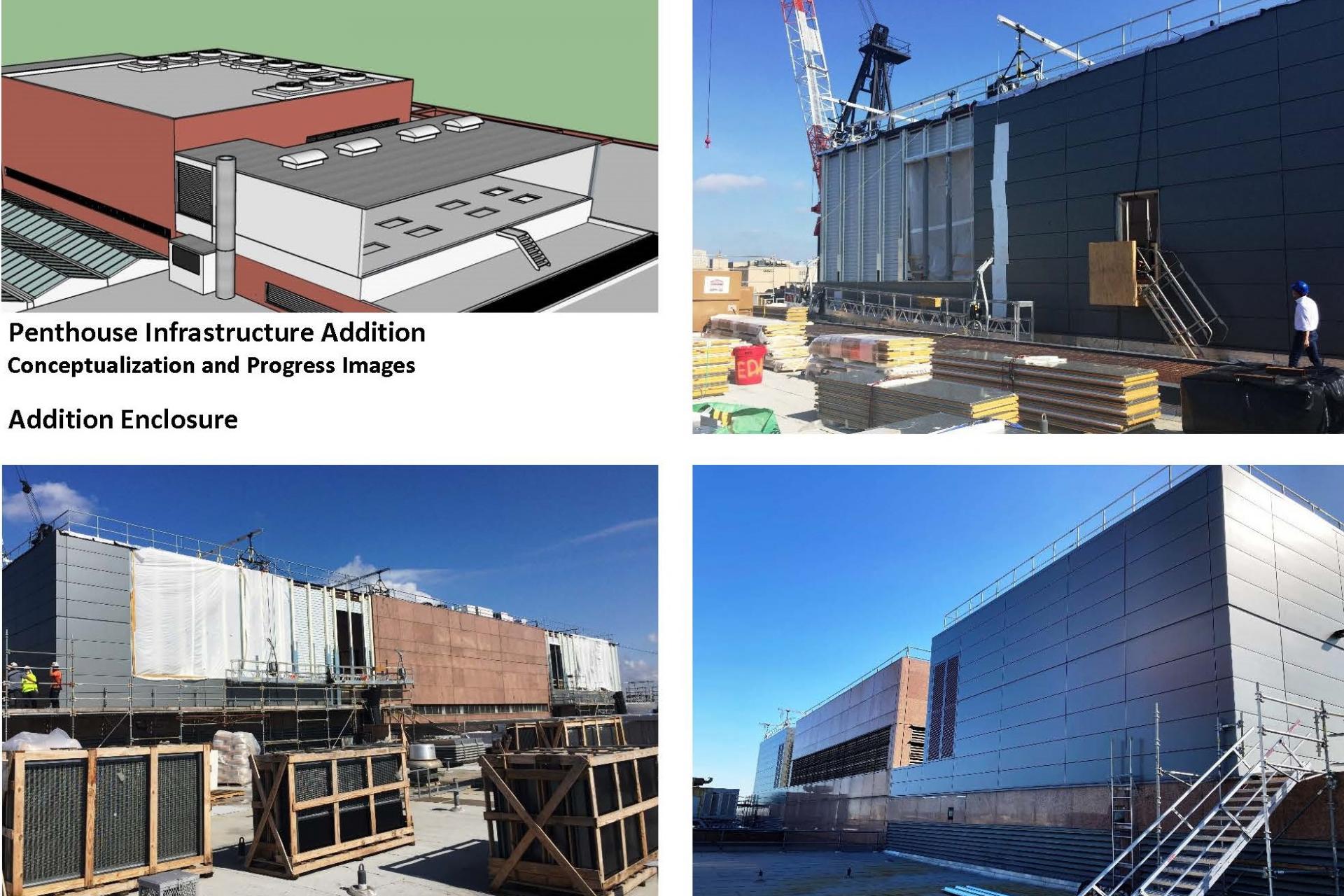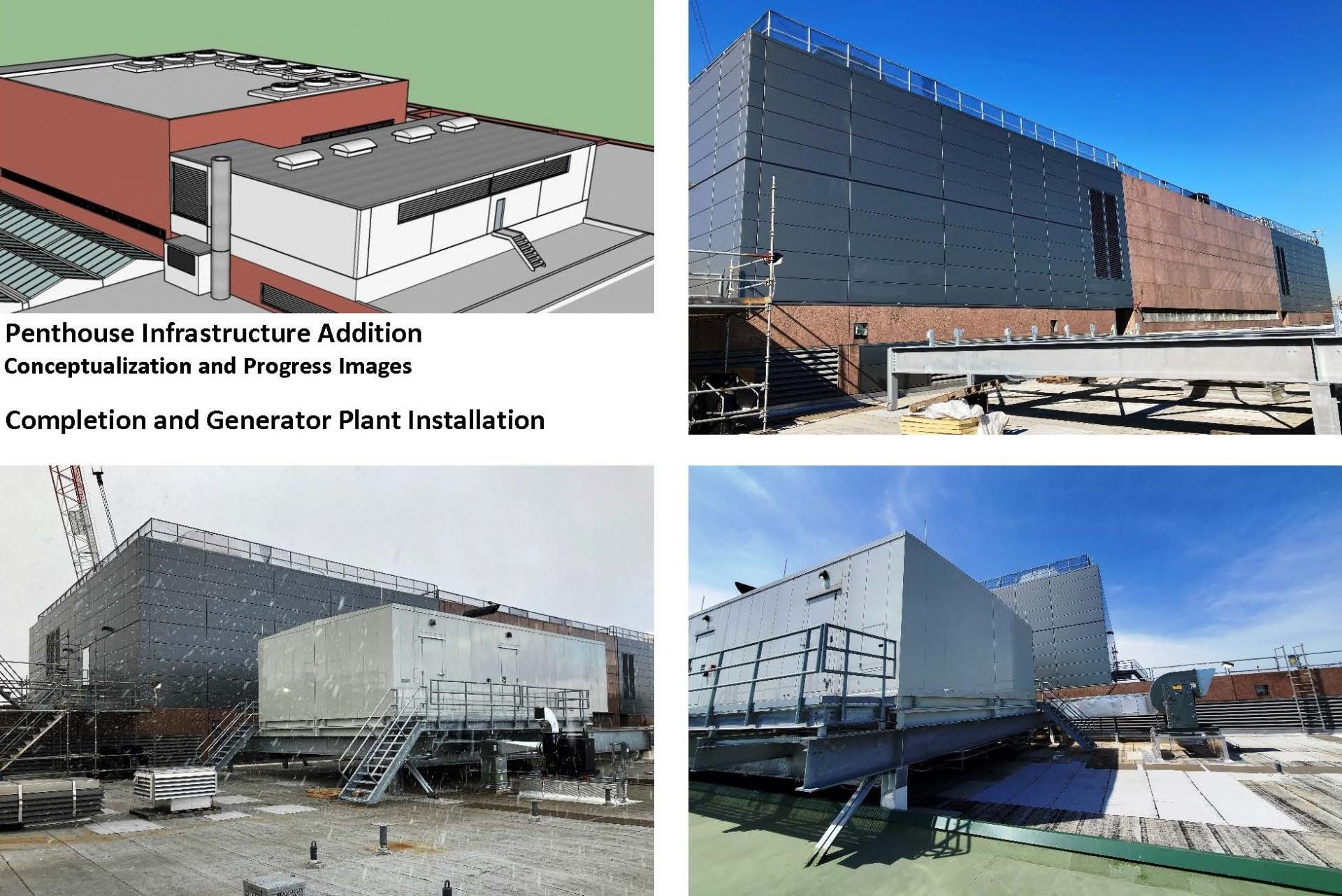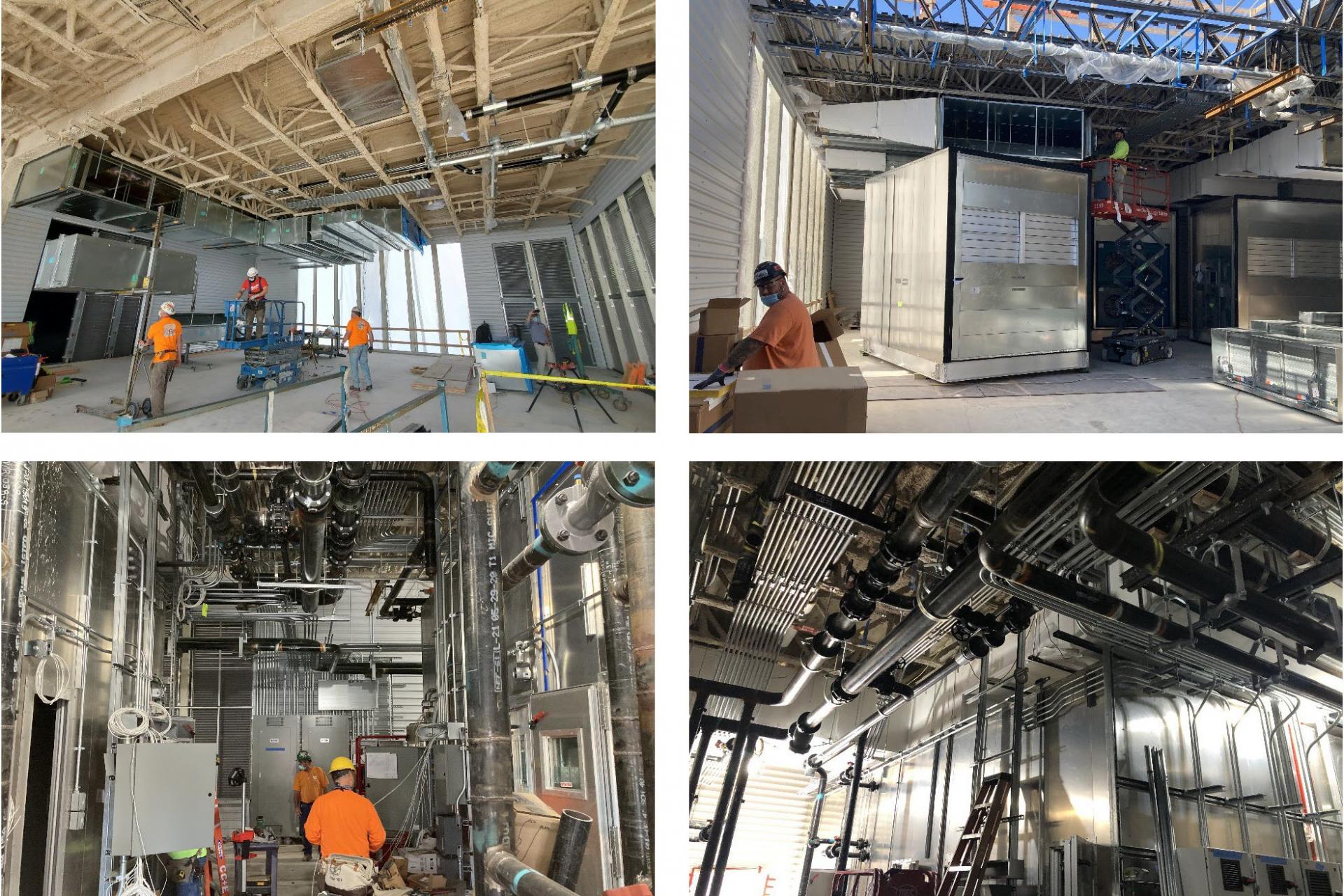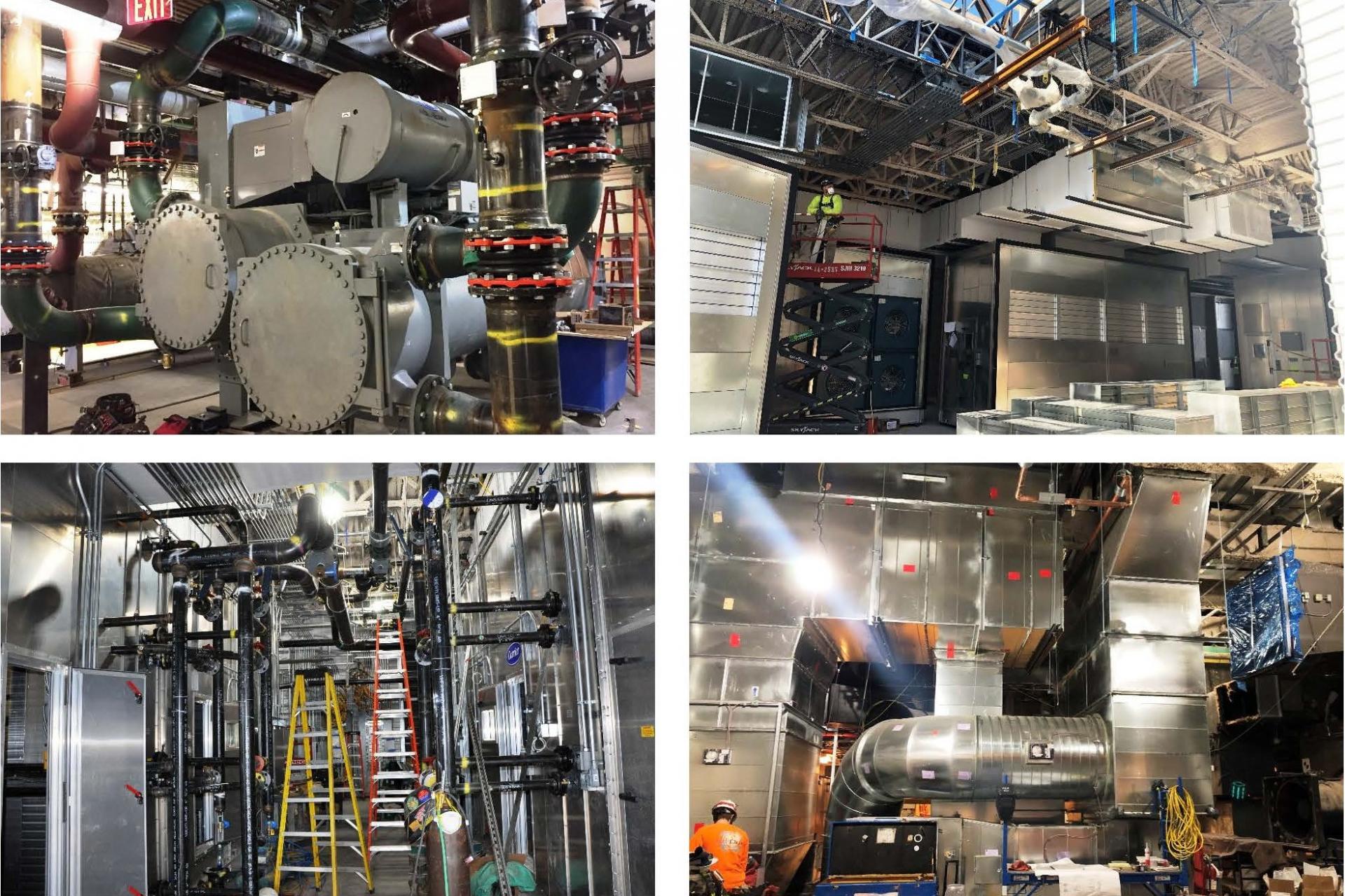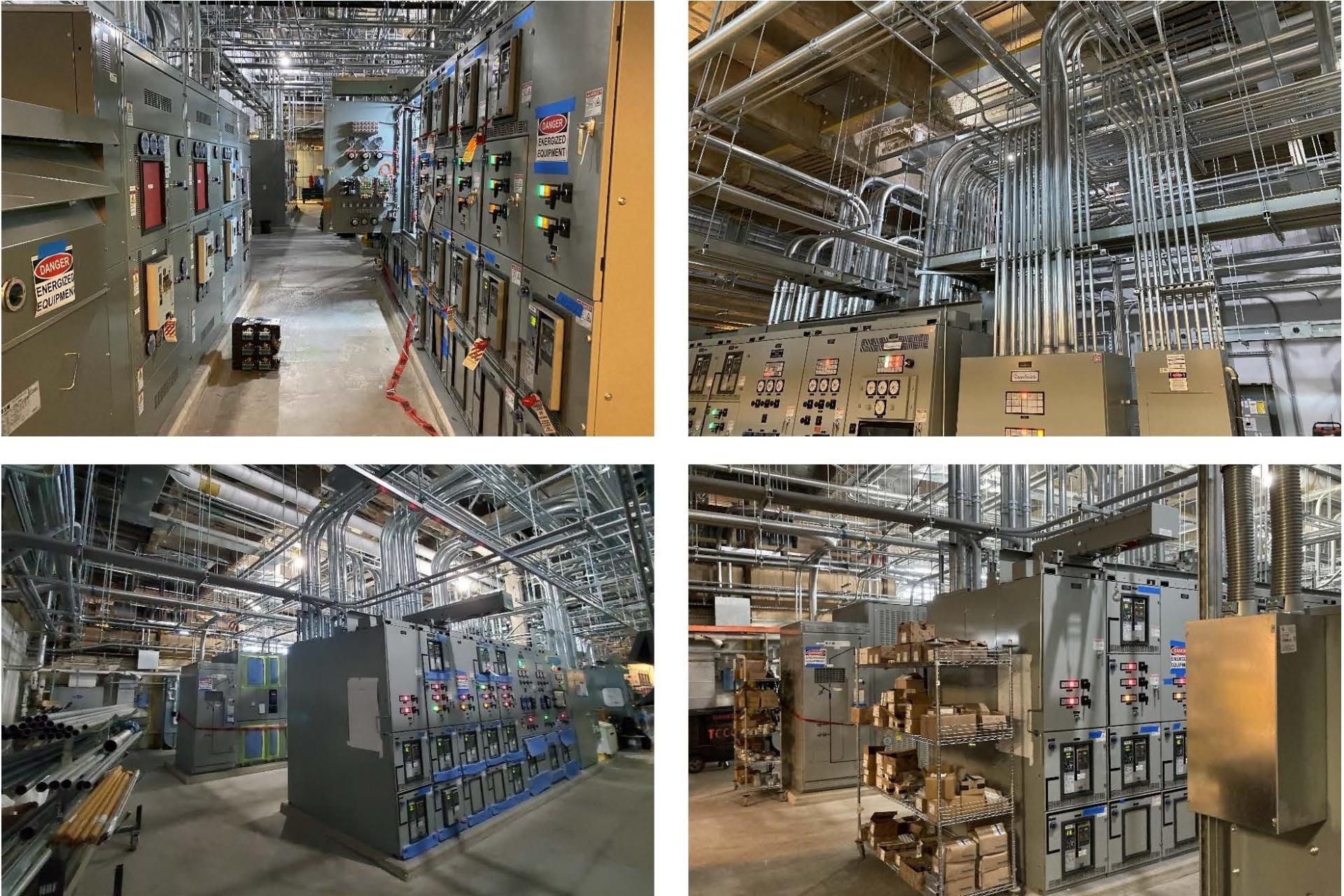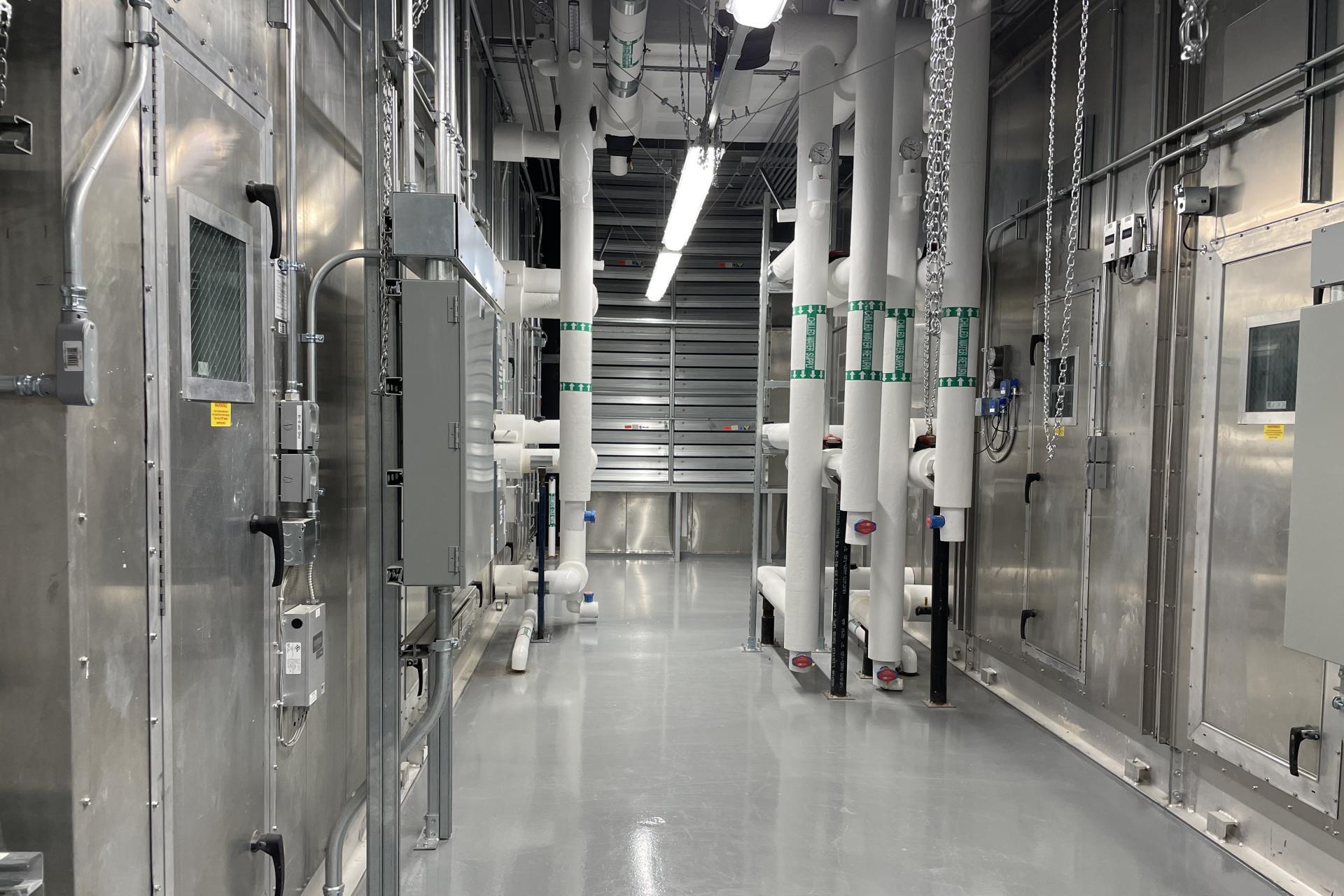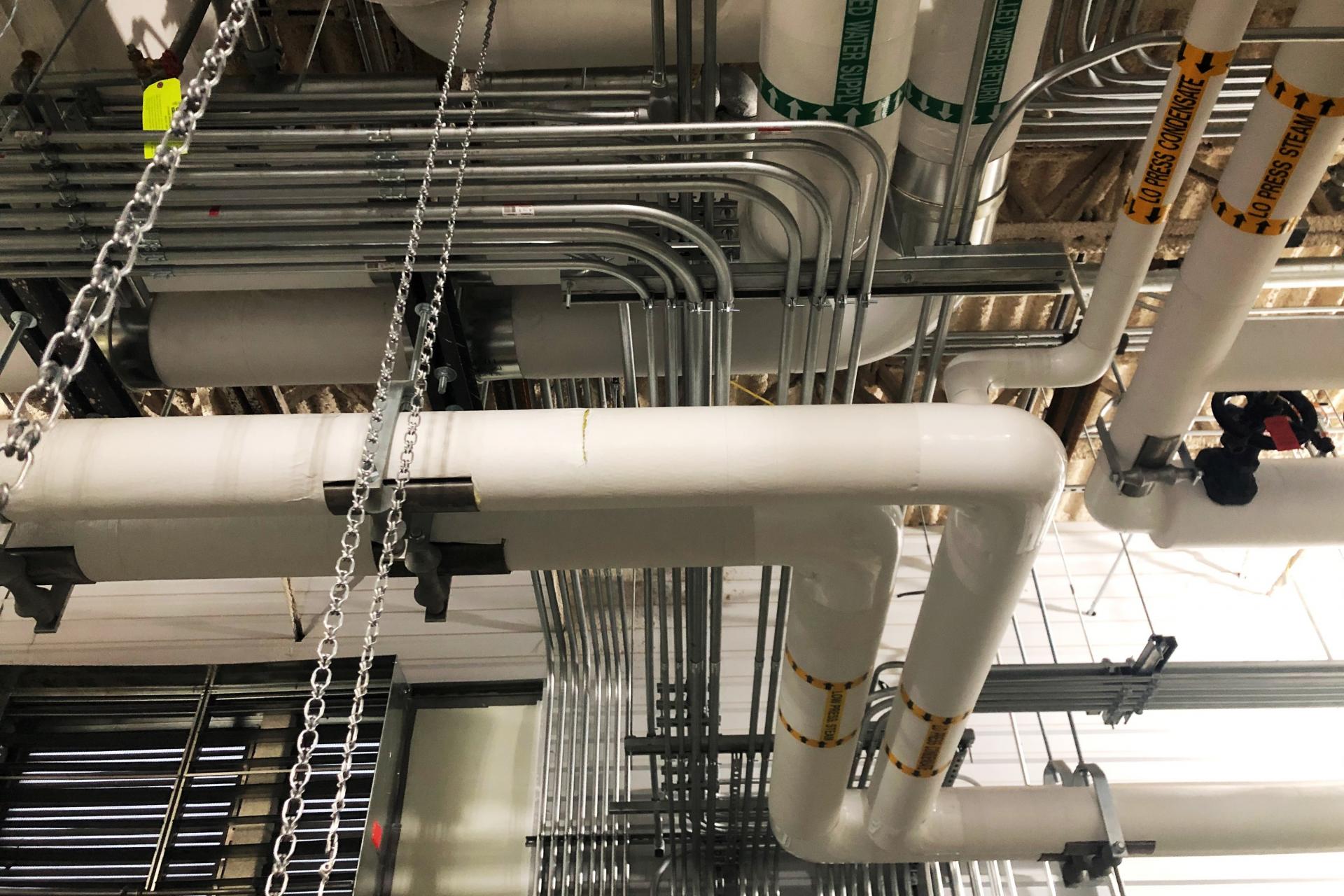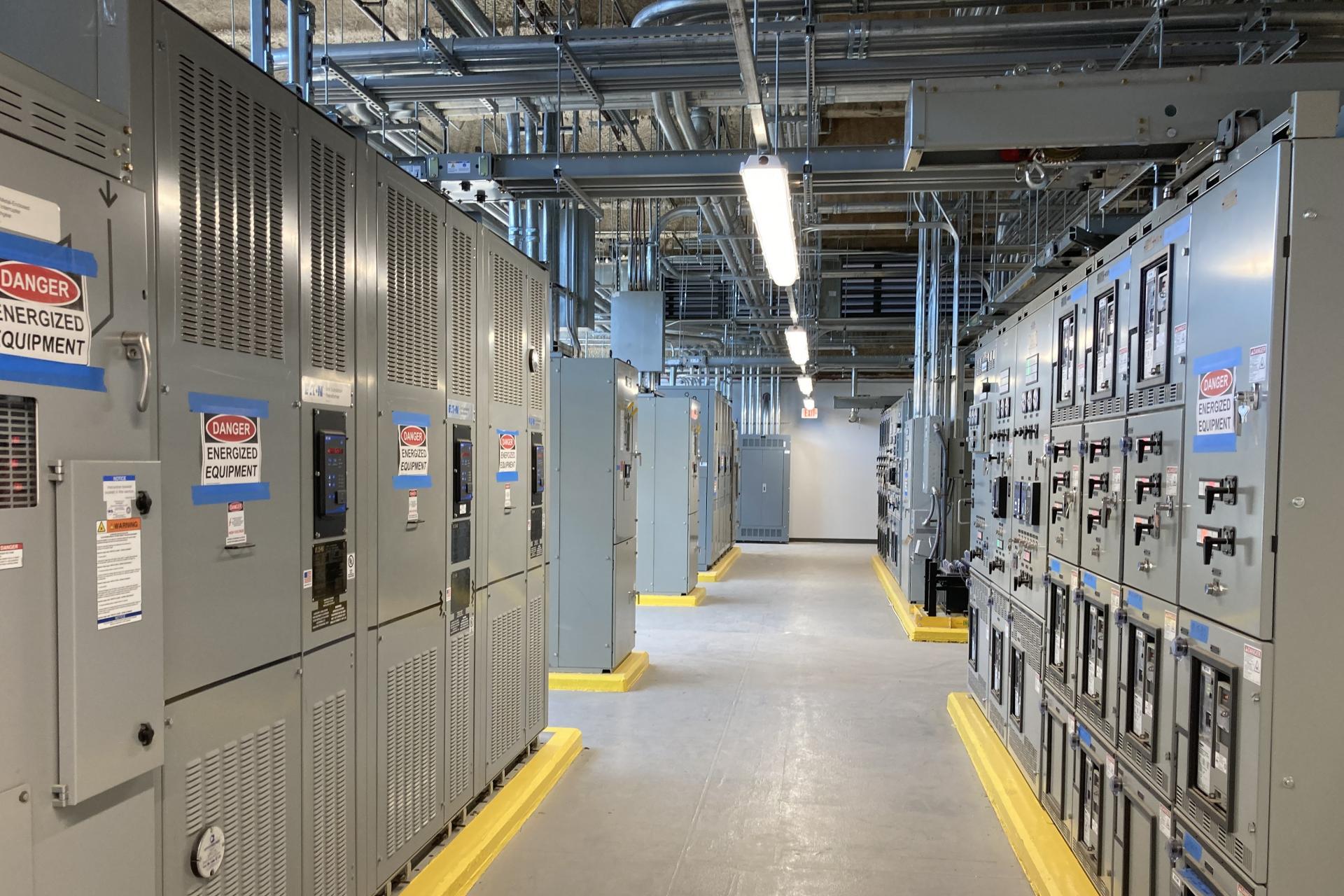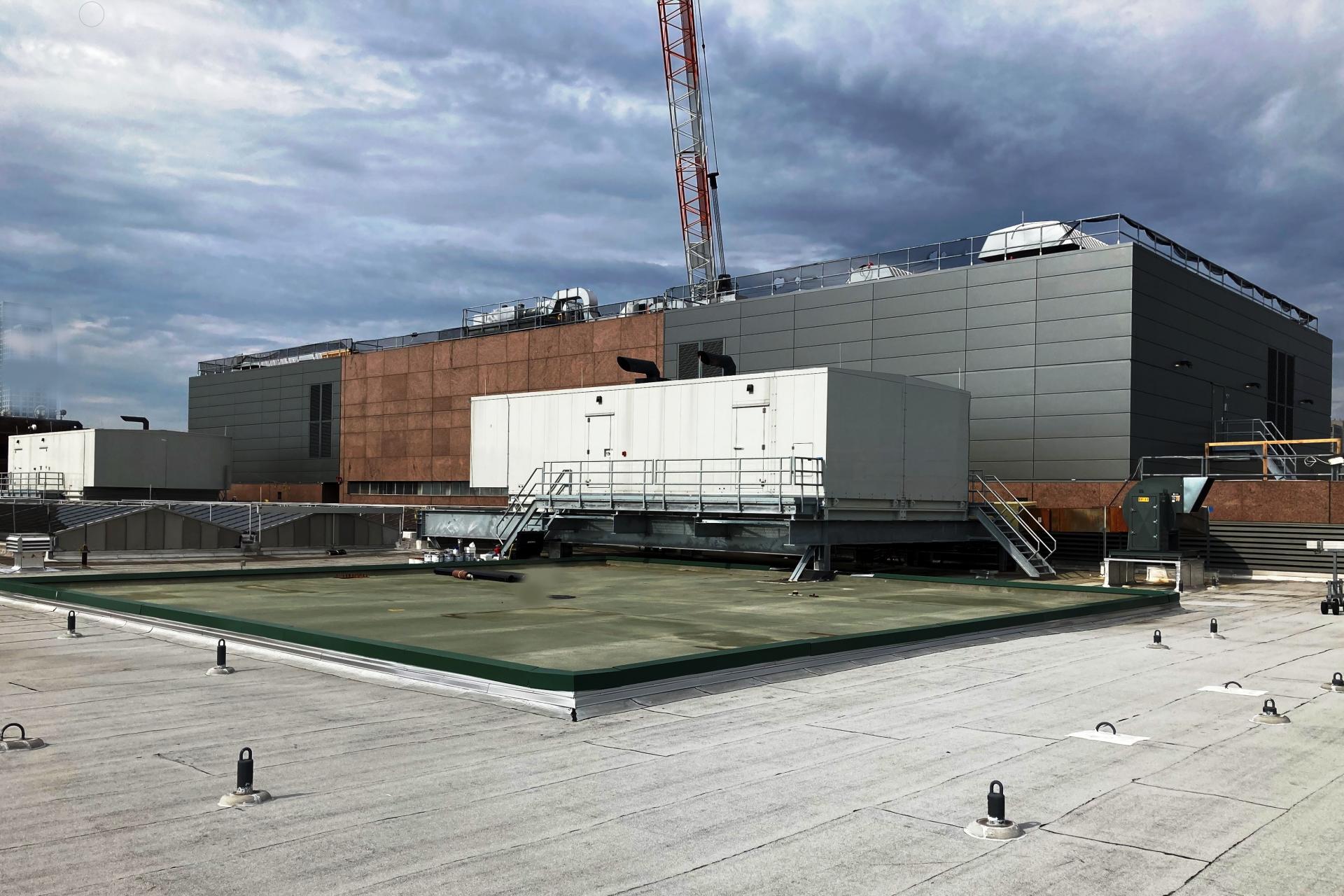Critical Mechanical + Electrical Infrastructure Replacement
Client: Confidential Financial Sector Client
Summary: SIGMA7’s critical infrastructure replacement project showcases their expertise in efficient and innovative mission-critical facility upgrades.
SIGMA7's integrated architectural and engineering team was awarded the replacement of this Client’s critical mechanical and electrical infrastructure based upon the creative ‘outside-of-the-box’ solution provided with our RFP response.
This Client’s mission critical operations facility, a nearly 1MM SF building. The structure, constructed in 1975, houses critical financial, data center, and security operations, along with day-to-day administrative functions. The client issued two (2) separate RFPs, for the replacement of the electrical and mechanical infrastructure, respectively. The RFP scope included the replacement of the 13 sets of switchgear, 7 emergency generators and 16 large mechanical air handling units located in numerous mechanical and electrical rooms distributed throughout the very large and secure multi-story building.
The original design intent, as described in the RFP, included an 8-year implementation duration. The approach required multiple shutdowns and temporary equipment installations to replace the existing equipment in a like kind and quantity basis. This concept required numerous cutovers for the installation of temporary equipment and swing-over back to the new equipment, introducing substantial risk throughout the almost decade long proposed duration.
SIGMA7’s alternative response leveraged the two (2) RFPs/projects into a single integrated design solution, made possible by the construction of a pair of new infrastructure penthouses atop the building. The approach provided many strategic advantages. Fewer larger air handlers would be installed and tied into the distribution ductwork. The equipment could be commissioned in place, followed by a systematic decommissioning and careful removal of the existing air handlers and related infrastructure. The work was able to proceed year-round (not just spring/fall shoulders and winter when cooling loads are minimized). The alternative method significantly reduced construction and operational risks to the facility.
Many of the rooms that housed the original air handlers were re-captured and re-purposed, others re-utilized for the installation of the new electrical systems including substation switchgear. The generator quantity was reduced from seven (7) of varying size, located throughout the facility to four (4) generators, now located within the roof penthouse. The 13 substations and other equipment were commissioned and loads systematically transitioned to the new gear managing the 8MW of load. The new electrical distribution system was integrated into the existing UPS plant. The new generator plant provides back-up power to the entire facility, with 2N redundancy for data center and mission critical operations.
Significant cost savings were appreciated during construction which included a 60% reduction in the construction duration, the limited need for temporary equipment and the reduction in required swing overs. The new integrated systems’ operation and maintenance was simplified, the solution provides for more reliable and robust systems that increased diversity and redundancy, and the emergency generator coverage. The work was performed over a three (3) year period, while the building was fully operational.
All of the value-added improvements and the project and operational risk avoidance, a direct result of the alternative project approach proposed and delivered by the integrated SIGMA7 architectural and engineering team.
- End-of-life replacement: The facility underwent an innovative replacement of its mechanical and electrical infrastructure systems. This upgrade enhanced redundancy, reliability, efficiency, and capacity.
- Urban multi-story mission critical facility: The project took place in an urban, multi-story building with mission critical functions necessitating robust systems to ensure uninterrupted operations.
- Schedule reduction, project efficiency and Cost Savings: The replacement of the systems resulted in a 60% reduction in construction duration and eliminated the need for temporary systems.
- Eliminated the need for Shut Downs: Electrical and mechanical shut downs were eliminated as the new systems were up and operational prior to the removal of the old systems.
- Simplification of Ongoing Operations and Maintenance: The reduction in the number of mechanical and electrical systems and the quantity of components simplified building operations and significantly reduced maintenance and operations costs.
- ‘Creation’ of new space: Former infrastructure spaces were converted and upcycled for additional useable space.

